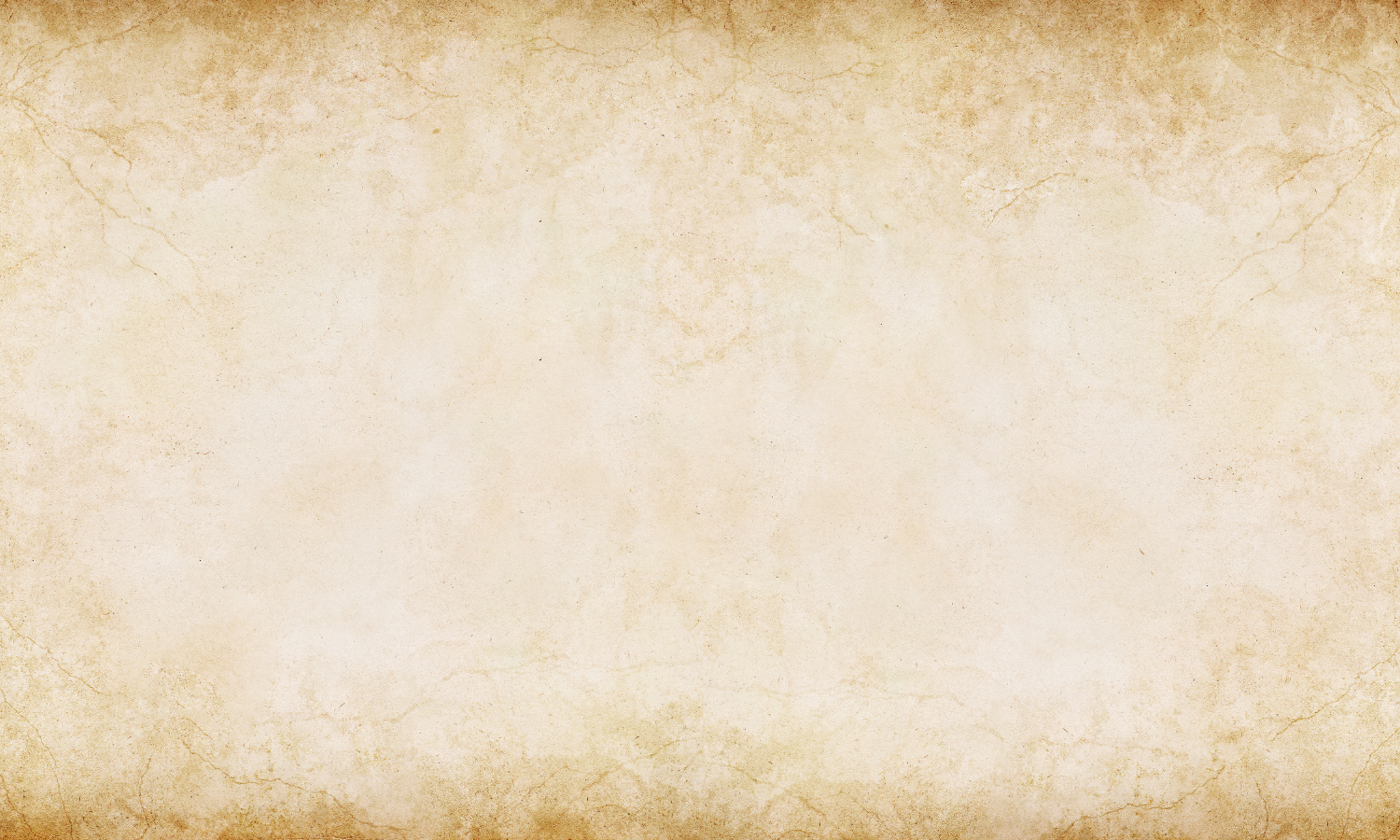
LVNTA19
This centerline aligned to the horizontal bottom of the paired square motif seems to validate the particular baseline pair chosen. There are no other obvious horizontal features to align the baselines to with this baseline pair being the only obvious choice for the overall narrative. There are likely other baseline pairs encoding additional narratives within the larger narrative. There are also no obvious vertical features or lines to align the y-axis to. The emphasis here not only seems to be the circle’s geometry but also the trigonometric concept of the tangent. The y-axis and rays appear to tangent the Feathered Serpent’s curved neck and the round back of the astronomer priest’s spherical body as part of some design. The only truly convincing alignments are with the three carved grooves at the bottom of the astronomer priest’s tunic carved at the symbolic celestial equator angle, two out of three align perfectly. At the top of the tunic are three concentric ‘collars’ that very likely represent earth’s orbit around the sun, its rotation, and tilted polar axis on or near the Vernal Equinox. The ear spool just above represents the pole star. The astronomer priest likely represents earth and its celestial mechanics as it approaches its bi-annual alignment with the plane of the ecliptic, something that the astronomer priest seems to be touching with the fingers of his left hand, and or ‘riding’ upon, while carrying the Assyrian Bucket with his right hand. Some other very compelling alignments are the fingers and thumb of the left hand and the bucket, its handle, and the fingers and thumb holding it. As the alignments progress from right to left watch the y-axis and rays tangent certain curved features and align to the Feathered Serpent’s eye and the astronomer priest’s eye. Also watch the ray pairs that meet at the centerline as they align with the bottom of the paired boxes motif that together with the feathered serpents across the top suggest the encoding of something celestial, very likely the Vernal Equinox. This Olmec stela dated to 900 BCE links the Feathered Serpent and the Assyrian Bucket to the circle’s geometry and earth’s celestial mechanics. (See Art Motifs Fig.8) (Image source; see Art Motifs Image Sources Fig.14)


















































